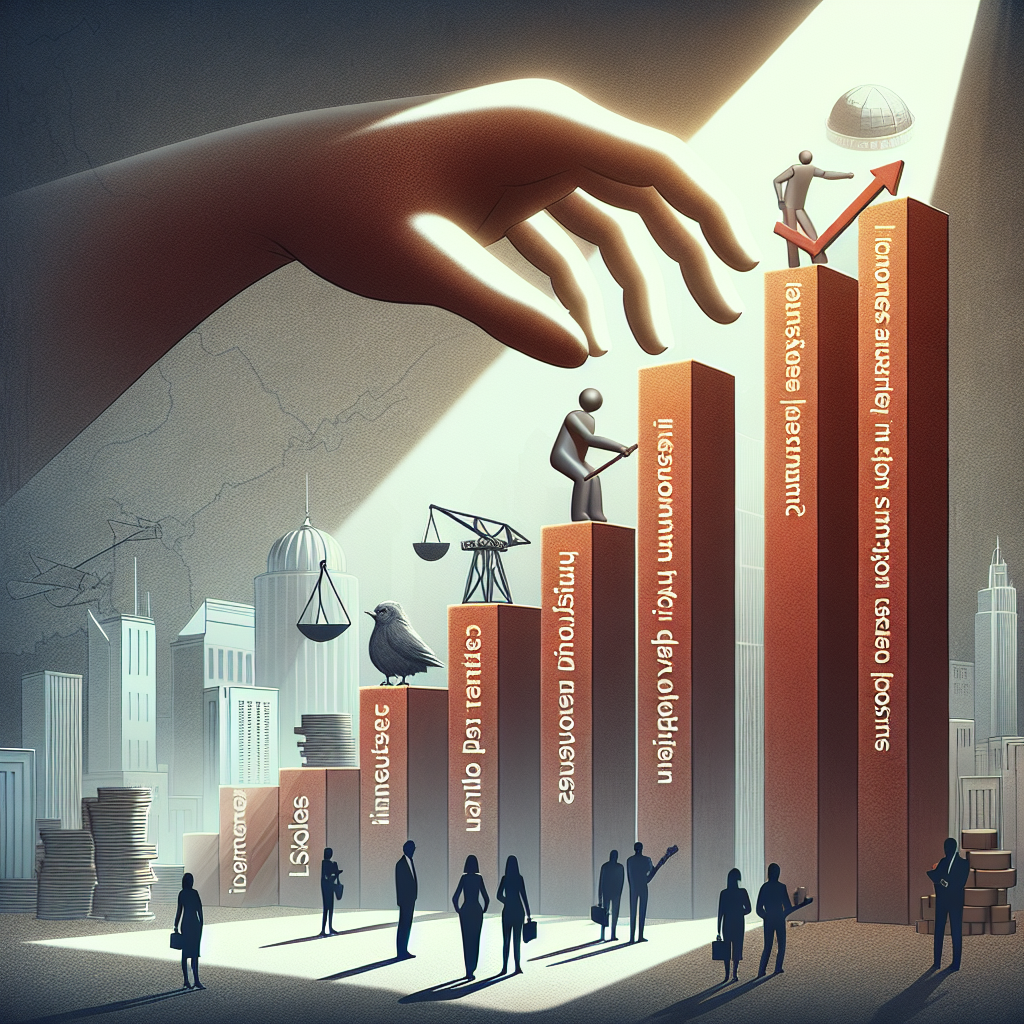Whenever the Chinese Communist government announces measures to rescue its ailing economy and introduces various policies, it always mentions lowering interest rates and other forms of monetary easing. However, economic development requires more than just help in monetary policy, and even in this aspect, the People’s Bank of China (PBOC), as the central bank of the CCP, has not made a substantial contribution to stimulating the Chinese economy. The PBOC has simply failed to fulfill its obligations.
In early May this year, the actions of the PBOC confirmed this pattern of failure. Despite complying with the CCP’s directive to ease monetary policy, the gestures made were so insignificant that they were almost as good as doing nothing at all. The monetary authority could only manage to cut rates by 0.1 percentage points. At the beginning of the month, it first marginally lowered the seven-day reverse repo agreement rate, followed by similar cuts to the benchmark lending rate, one-year loan prime rate, and five-year loan rate.
For an economy, even acknowledged by the CCP itself as in urgent need of help to boost consumer spending and corporate capital investment, these changes can only be described as minuscule. Yet, they seem to follow a trend that has been ongoing for years. Since the PBOC began assisting the government in implementing economic stimulus policies in December 2021, the monetary policymakers have only lowered rates by a total of 0.8 percentage points, with the loan prime rate dropping from 3.8% to 3.0% after the last rate cut—a reduction of 0.2 percentage points per year.
It is hard to imagine such minor adjustments would prompt any borrowers or lenders to change their attitudes towards borrowing or consumption. In stark contrast, the Federal Reserve in the United States took timely intervention by swiftly reducing US rates by one percentage point from September 2024 to February 2025 at the first signs of economic softening. It is believed that if the US were facing economic issues similar to those troubling the CCP now, the Fed would take even more significant actions.
The actions of the PBOC are even more puzzling because during this period, the Chinese economy has been showing tendencies towards deflation. When inflation occurs, borrowers repay loans with money that has decreased in value since borrowing.
For instance, back in 2021 when the PBOC began implementing feeble monetary stimulus policies, the national average producer price inflation rate was approaching 10% annually, allowing borrowers to repay loans with money worth 10% less than when borrowed. With a loan prime rate of 3.8%, borrowers could repay with money worth more than 6% after paying interest. This significantly stimulated borrowing for consumption or investment.
However, since then, producer price inflation has dwindled to almost 3% deflation annually. Borrowers now have to repay loans with funds that have increased in purchasing power by around 3% compared to the previous year. Even with lowered rates during this period, the actual cost of borrowing has risen to nearly 6%.
This reality undoubtedly hampers borrowing, consumption, and investment activities. The PBOC would need to lower rates below zero to rekindle some of the borrowing incentives prevalent in 2021. From the raw data, the PBOC’s efforts in this regard seem increasingly feeble.
In essence, China’s current monetary policy has become stricter rather than more accommodative. The actions of the PBOC seem to run counter to the CCP’s efforts to stimulate the Chinese economy, overcome the real estate crisis, and combat the associated decline in confidence. With President Donald Trump’s tariffs and threats of tariffs from other countries, it becomes even more necessary for the CCP government to provide more substantial economic stimulus, and if the PBOC continues to fail in this regard, it will be more disappointing than ever before, bringing even greater risks.
The author is a contributor to The National Interest magazine hosted by the Human Capital Research Center at the State University of New York at Buffalo (SUNY) and the chief economist at the renowned New York-based communications company Vested. Prior to joining Vested, he served as chief market strategist and economist at companies like Lord, Abbett & Co. He also frequently writes articles for City Journal based in New York and blogs regularly for Forbes. His latest work is “Thirty Tomorrows: The Next Three Decades of Globalization, Demographics, and How We Will Live” from 2014.

